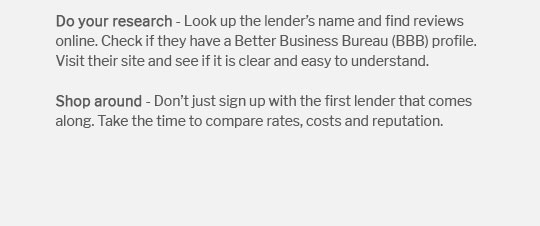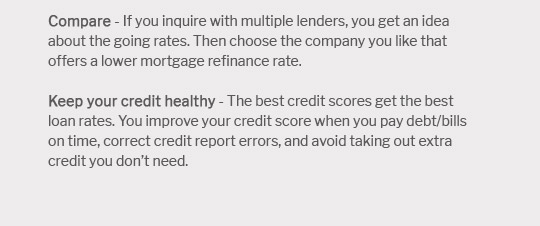 |
|||
 |
 |
 |
||
|---|---|---|
 |
||
 |
||
 |
||
 |
||
 |
 |
 |
 |
Refinance My Home After Bankruptcy: Key Steps and ConsiderationsEmerging from bankruptcy can be a challenging period, especially when considering how to refinance your home. However, with the right knowledge and strategy, it is possible to successfully refinance your mortgage post-bankruptcy. Understanding the Basics of Post-Bankruptcy RefinancingBefore diving into the refinancing process, it's essential to understand the basic requirements and timelines associated with refinancing after bankruptcy. Eligibility CriteriaTo qualify for refinancing, lenders typically require a waiting period after your bankruptcy is discharged. For Chapter 7 bankruptcy, the waiting period is generally two to four years, while for Chapter 13, it can be one to two years. Rebuilding Your CreditRebuilding your credit score is crucial during this time. Regularly monitor your credit report, pay all bills on time, and consider opening a secured credit card to establish positive payment history. Types of Refinancing OptionsThere are several refinancing options available, each with unique benefits and considerations.
Steps to Successfully Refinance After Bankruptcy
Understanding Fixed Rate and Adjustable Rate RefinancingChoosing between a fixed rate refinance and an adjustable-rate mortgage (ARM) is a crucial decision. A fixed rate refinance provides consistent monthly payments, while an ARM may offer lower initial rates that can fluctuate over time. Frequently Asked Questions
https://www.lendingtree.com/home/home-equity/home-equity-loan-after-bankruptcy/
Cash-out refinance: This option replaces your current mortgage with a new, larger one allowing you to receive the difference between the two home loans in ... https://refi.com/refinance-after-bankruptcy/
Table of Contents ... So you need to refinance your home, but you filed for bankruptcy recently. Most lenders will make you wait at least a year ... https://www.quora.com/Can-I-refinance-my-mortgage-after-filing-chapter-7-bankruptcy
In the USA, once the Discharge has entered plus 24 months, you may refinance with a government insuranced mortgage. By government insured, I ...
|
|---|